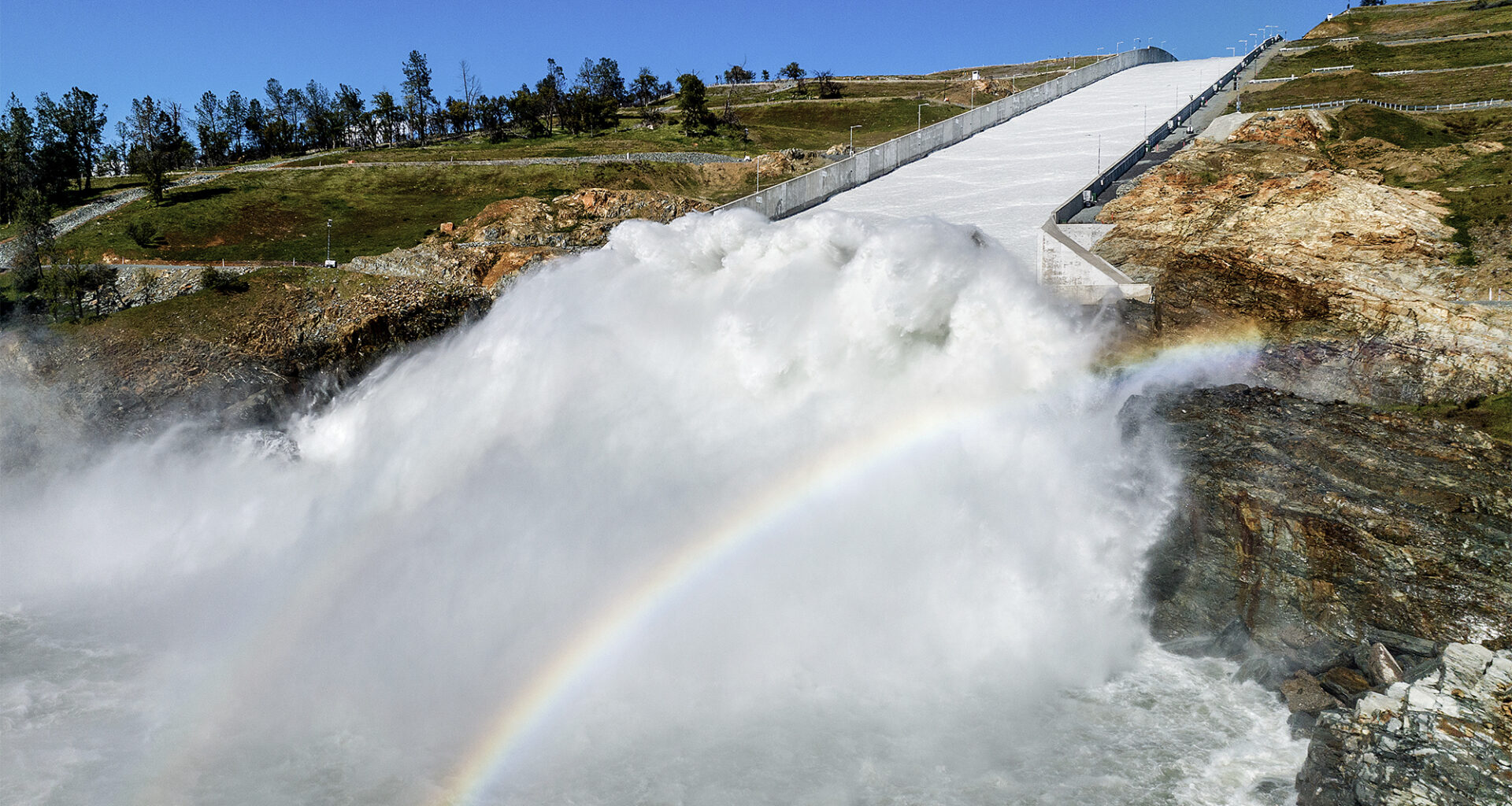By Dan Walters, CalMatters
This commentary was originally published by CalMatters. Sign up for their newsletters.
This week one of the nation’s earliest and most important public works projects, the 363-mile Erie Canal linking the Hudson River with Lake Erie, marked its 200th anniversary.
There was only negligible media and political notice. That’s regrettable, because the canal opening in 1825 utterly transformed the nation’s economy and ignited its expansion from a few sparsely populated former colonies on the Atlantic Coast some 3,000 miles westward to the Pacific Ocean.
Rugged mountains had stymied westward expansion from the coastal plain into the Ohio River valley and the Great Lakes region. But New York Gov. DeWitt Clinton saw an opportunity for New York City to become the nation’s commercial capital, outfoxing rival Philadelphia.
The New York Legislature authorized construction with bonds in 1817 and just eight years later, having been dug mostly by hand, the Erie Canal opened. Tolls repaid all of its construction debt in the first year.
Eventually, of course, the canal’s commercial importance was superseded by railroads and later highways. But it continues to operate for recreational and excursion boats and remains a symbol of how timely public works can have major economic impacts.
A quarter-century after the Erie Canal opened, California was admitted as a state. During its first decades it was somewhat isolated, with an economy based on resources — gold, timber, farm produce, cattle, fish and, eventually, oil.
However, as California entered the 20th century, massive public works projects surfaced to encourage economic expansion and transformation, notably in Southern California. Los Angeles and Long Beach created deep-water ports from what had been coastal mudflats. Los Angeles secretly tapped the Owens River 250 miles away on the eastern slope of the Sierra Nevada, and built an aqueduct to carry its water to the city, making its meteoric population growth possible.
The Great Depression spawned other historic public works projects that were not only beneficial unto themselves but created much-needed jobs.
The federal government built the Central Valley Project, a network of dams, including Shasta Dam, and canals to provide water to farms in the 450-mile-long valley.
The state built a long-planned bridge over San Francisco Bay while simultaneously, a consortium of counties constructed the iconic Golden Gate Bridge. Both were finished in just a few years.
World War II was a massive public works project in California, as billions of dollars were poured into military bases, aircraft factories, shipyards and other tools of warfare, transforming the state into an industrial powerhouse. The postwar era brought the construction of freeways to handle traffic from the state’s population explosion.
Mid-century also saw arguably the state’s last truly transformative public works project, the California Water Plan. It dams the Feather River near Oroville with an aqueduct to carry its water from the Sacramento-San Joaquin Delta to Southern California.
The last decades of the 20th Century and the first decades of the 21st have been a period of stasis in public works.
Projects such as the tunnel to carry water under the Delta and the Sites Reservoir to divert and store high flows on the Sacramento River have kicked around for decades. Sites appears to finally be on track, but the tunnel struggles to overcome opposition from local landowners and environmentalists.
And then there’s the bullet train to link the northern and southern halves of the state, first proposed a half-century ago and approved by voters in 2008 — but limping along, neither fully alive nor dead, with some construction underway but no firm financial footing.
Looking back, it’s amazing that the 363-mile Erie Canal could have been dug by hand in just eight years, or that the two San Francisco bridges were erected in just a few years. The contrast with 21st Century foot-dragging is palpable.
This article was originally published on CalMatters and was republished under the Creative Commons Attribution-NonCommercial-NoDerivatives license.

